Photos Reveal the History of Montezuma Castle in Arizona
Gorgeous valley

The Verde Valley is an area found in Arizona, USA, just north of the vast Sonoran Desert and just south of the magnificent Mogollon Rim. It encompasses some 714 square miles (1,851 square kilometers) in the geographic center of Arizona. The beautiful Verde River flows through the valley from the northwest to the southeast and its water volume is magnified from water from the West Clear Creek, Sycamore Canyon, Oak Creek and Beaver Creek. The Verde Valley is known today for its physical beauty and as a favorite destination of modern tourists. But once it was home to an indigenous group of Native Americans known to historians as the Sinagua.
Preserved and remembered

Across the Verde Valley, pueblo ruins of the Sinagua People can be found. One of the best preserved and well known Sinagua ruins is known today as Montezuma Castle National Monument. Montezuma Castle is an impressive 20 room, 5 story pueblo built into a white limestone cliff some 90 feet (27 meters) above the ground. Construction of the pueblo began around 1100 C.E. and the five story structure contains some 4,100 square feet (381 square m) of floor space.
Initial evidence
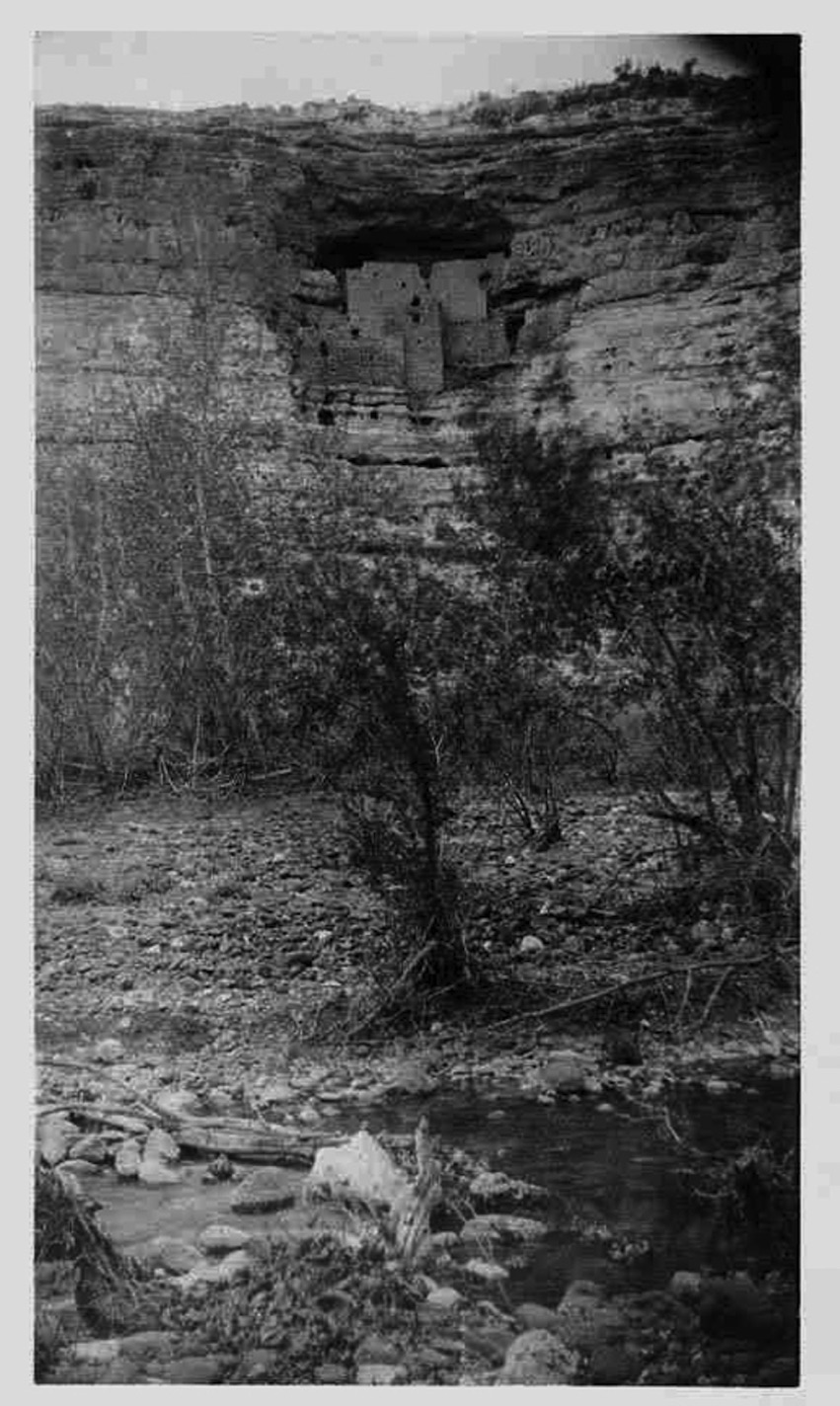
The earliest picture of Montezuma Well was taken in 1887, as shown here. The pueblo received its name from U.S. soldiers and settlers when they first came to the Verde Valley in the mid-1860s. Memories of the 1846 Mexican War and their battles at the "Halls of Montezuma" in Mexico City were still fresh in the minds of these soldiers. When they saw the pueblo ruins, they assumed the structure must surely have been built by Aztec warriors and their great leader Motecuhzoma II. To the English speaking soldiers, Motecuhzoma became Montezuma and an ancient Sinagua pueblo was inappropriately named.
Esteeming history

Under the leadership of President Theodore Roosevelt, Americans began to value both ancient and natural treasures early in the 20th Century. When President Roosevelt signed the Antiquities Act on June 8, 1906, establishing the first legal protection for cultural and natural resources in the United States, Montezuma Castle was brought under consideration for designation as early as August 1906. Finally on December 8, 1906 President Roosevelt signed and forever proclaimed Montezuma Castle as a National Monument. In his dedication address, Roosevelt spoke of Montezuma Castle as having "the greatest ethnological and scientific interest."
Location, location, location
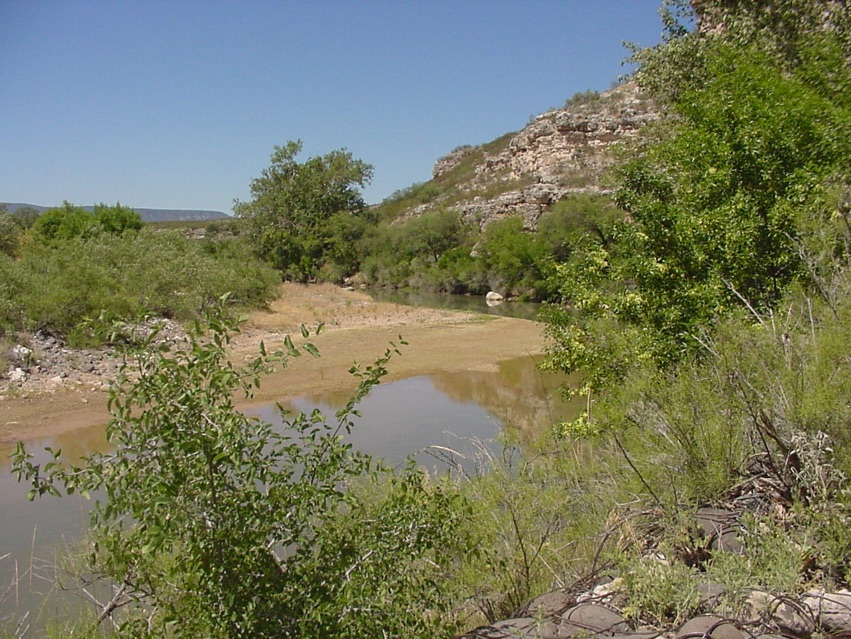
The Sinagua were fortunate that the large, limestone alcove they chose for building their 5-story pueblo was near a reliable source of year-round water. Known today as Beaver Creek, this perpetual flowing stream of fresh water was a small tributary of the Verde River. It allowed the Sinagua to not only obtain daily water, but also was a source of fish and turtle as well as water to irrigate their stream-side fields of maze, squash and beans.
Close and protected

From the great pueblo, Beaver Creek was only a short distance across ground once covered by fields and structures that could easily be rebuilt after occasional flash flooding. The Sinagua People stayed high and well protected from not only flooding but any unwelcome visitors traveling along the always present waters of Beaver Creek.
Limited access

Modern park service rangers get to Montezuma Castle the very same way that the ancient Sinagua access the great pueblo — they climb ladders from the ground below. Once they reach the lower floor of the pueblo, they access the upper stories by a series of ladders that protrude through holes in the ceilings. Visitors once were able to climb ladders into the pueblo while visiting the national monument, but such "ladder-climbing" tours ended in 1951 due to damage that was being caused to the ceilings and floors of the pueblo. The spectacular view shown here is from one of the upper floor south facing windows.
Get the world’s most fascinating discoveries delivered straight to your inbox.
Significant supports
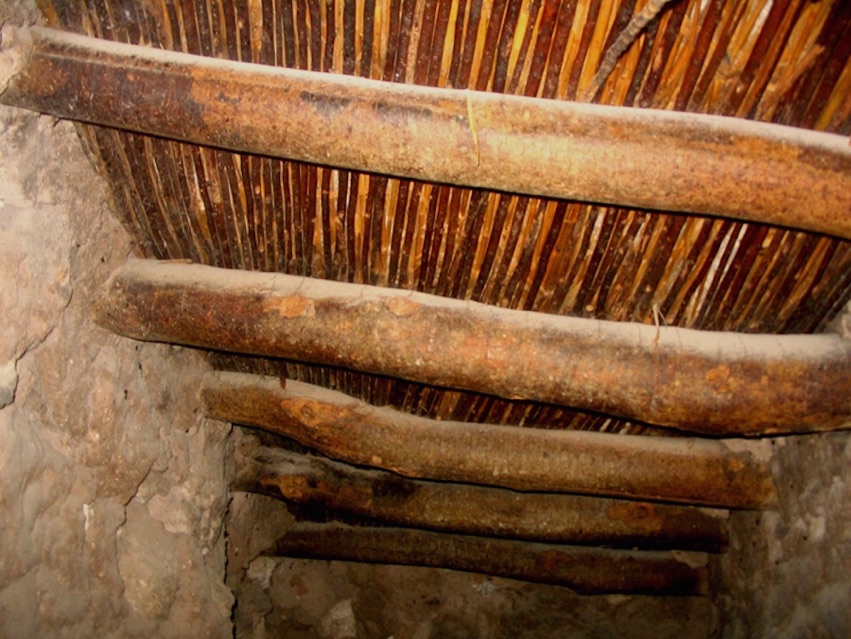
Fortunately, the interior of Montezuma Castle remains largely intact. The original wooden ceiling supports and beams still line the many pueblo rooms. These ancient logs were hoisted into place by the Sinagua People over 800 years ago. Preservation efforts are an ongoing endeavor as the National Park Service monitors the structural integrity, continues cycles of stabilization and applying modern scientific techniques to preserve the great pueblo for future generations.
A natural source
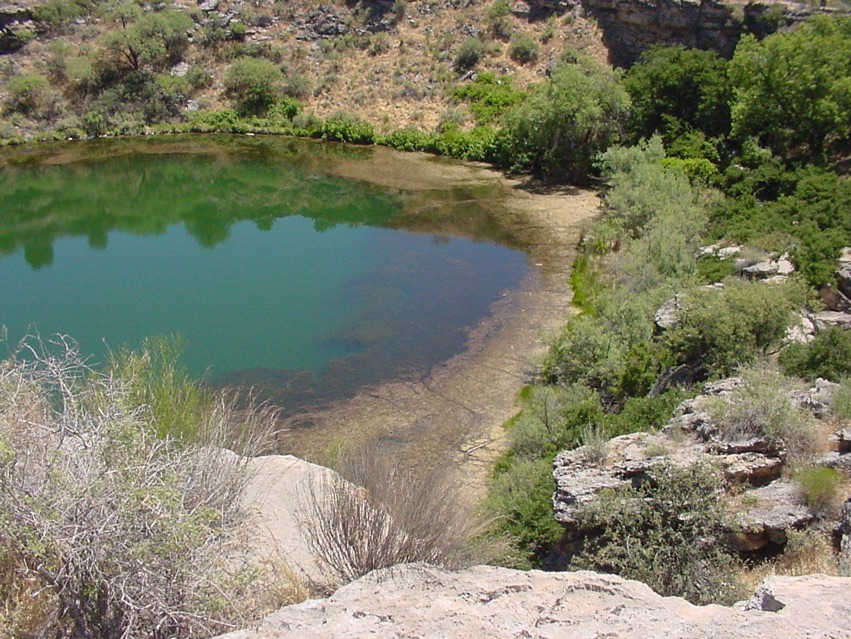
Just 11 miles (18 km) north of Montezuma Castle is a subdivision of the national monument known as Montezuma Well. The well is a natural limestone sinkhole some 386 feet (118 m) in diameter and 55 feet (17 m) deep. It is located at an elevation of 3,618 feet (1,103 m). Some 1.5 million gallons (5.7 million liters) of fresh water passes through Montezuma Well each and every day.
Simply H2O
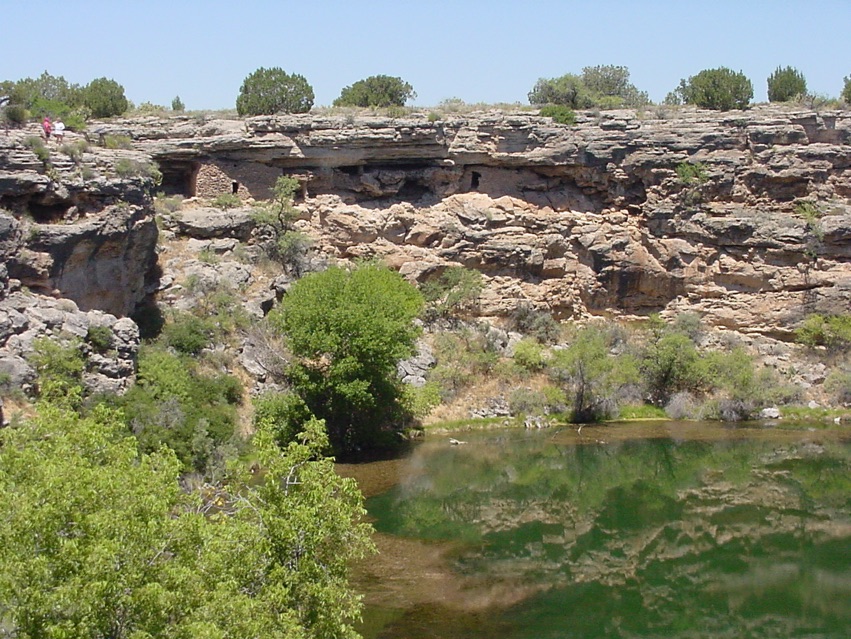
The Sinagua People built small adobe structures under the overhanging limestone cliffs at Montezuma Well. The source of water for this ever present sinkhole of water is still a mystery. The water entering and leaving the sinkhole is a warm 76° F (24° C) and enters through an underground spring. The carbon dioxide dissolved in the water is 600 times greater that what is found in most natural aquatic environments. This high supply of dissolved carbon dioxide in the well water results in a lower amount of dissolved oxygen and prevents many aquatic animals, in particular fish, from living in the well's water.
Consistent Water Flow
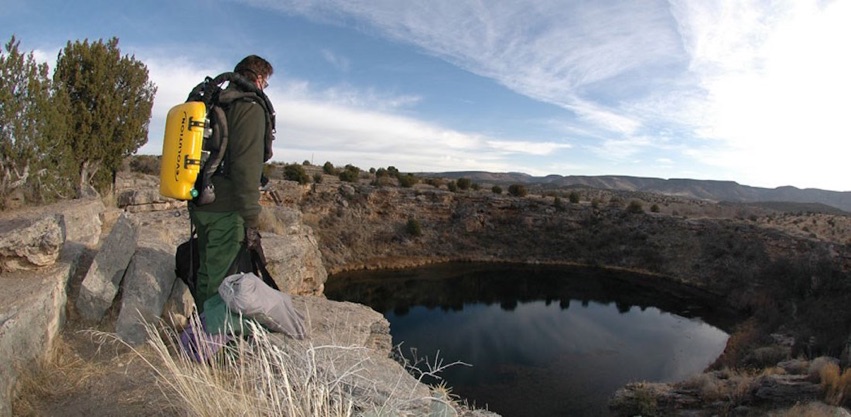
Since 1948 the National Park Service has been using scuba divers in the waters of Montezuma Well in a hope to unlocking the wells many secrets. The water entering and leaving the well each day remains constant regardless of the local regions rainfall, snowfall or drought. The Sinagua used this constant source of fresh, warm water to irrigate their fields upward to 4 miles (6.4 km) from the well. The waters from Montezuma Well flow naturally into Beaver Creek and then meanders southward passing by Montezuma Castle.


